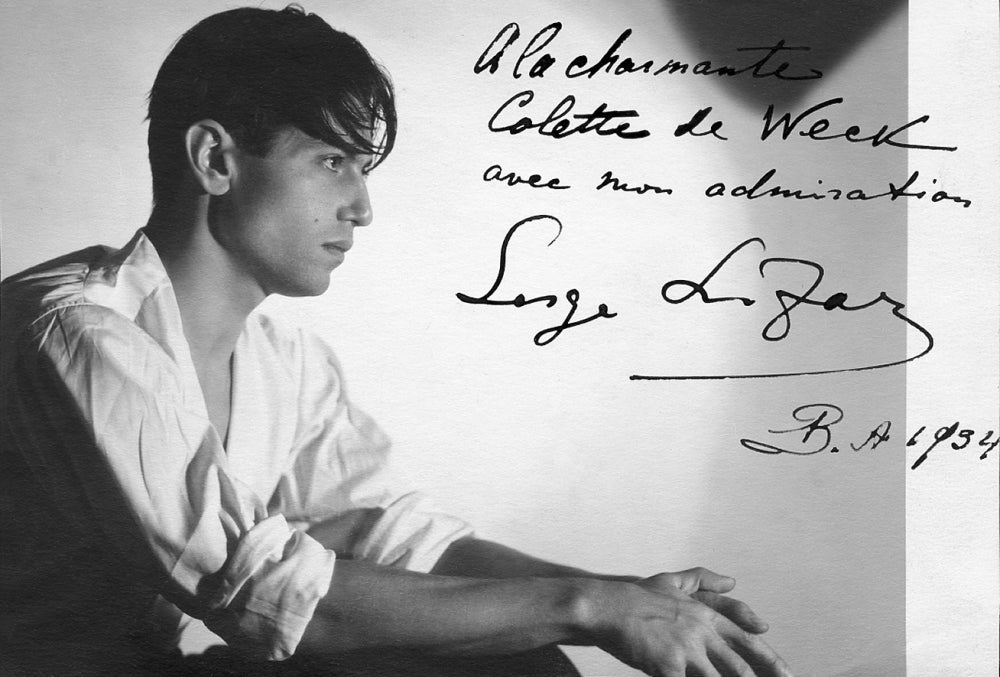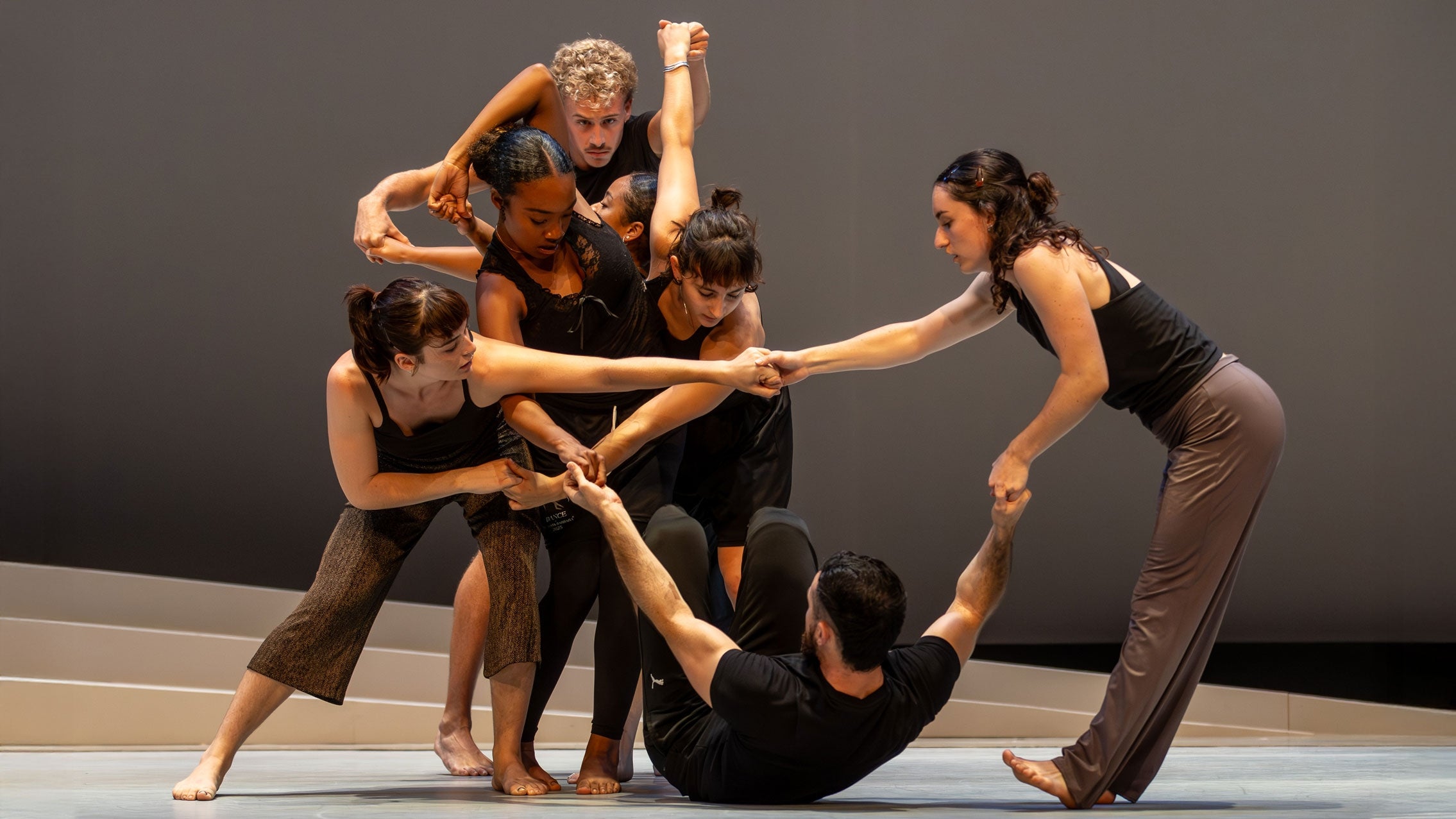
The Discourse of Neoclassicism
Guggenheim fellow Mark Franko, a professor of dance at Temple University’s Boyer College of Music and Dance, will give the keynote talk at the Department of Theater and Dance’s 2018 International Colloquium on Dance and Performance Studies.
Franko, a world-renowned performance theorist, will speak on “Serge Lifar and the Interwar Dance Discourses of Neoclassicism (1930-1939).” His talk is set for Monday, May 14, at 4 p.m. in the studio theater in the Humanities and Social Sciences Building. It is free and open to the public.
Interwar dance critics and philosophers in France elaborated concepts of neoclassicism in ballet during the 1930s, primarily apropos of the French ballet dancer and choreographer Sergi Lifar at the Paris Opéra. As experts note, the discourse of neoclassicism was an amalgamation of three intersecting strands: a historico-critical view of choreographic theory in relation to 17th- or 18th-century sources, a philosophico-aesthetic reading of the metamorphoses of the classical dancing body that viewed ballet as a metaphysical expression of freedom; and an anthropological analysis of dance as the non-productive expenditure of energy.
The figure of Lifar as dancer and choreographer lent itself to all three strands of analysis, experts say, resulting by the end of the decade in a hybrid image of Lifar as the sovereign dancer, a second Sun King with totalitarian connotations.



